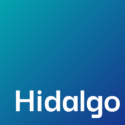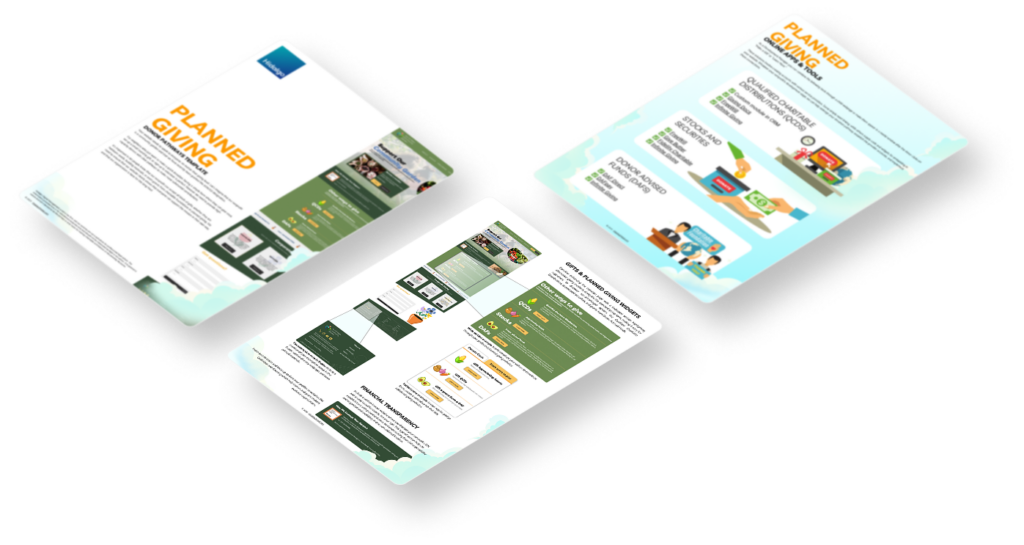Introduction
Establishing a new mindset, recognizing broader opportunities and understanding regulations.
Pursuing new funding for your nonprofit is essential, but imagine accessing charitable dollars already earmarked for nonprofit causes. This three-part series explores how to shift your organization’s perspective from immediate needs to strategic financial planning, emphasizing the critical importance of revenue diversification. We will show you how targeted marketing strategies can accelerate your nonprofit’s digital evolution while building sustainable funding sources.

